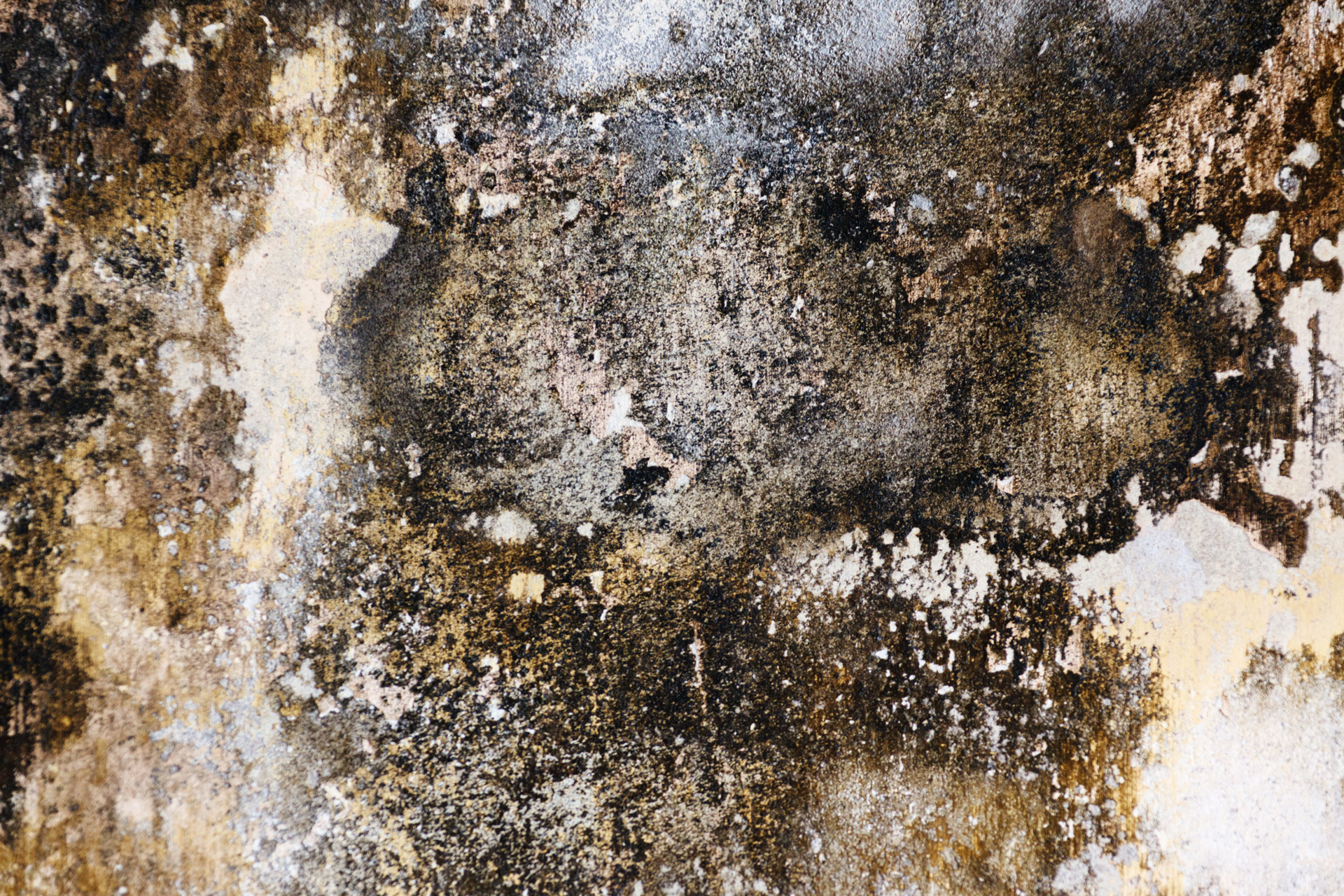Deadly dust: Hidden toxins in household dust pose growing health risks
06/04/2025 / By Willow Tohi

- Antibiotic-resistant microbes thrive in household dust alongside PFAS, phthalates and flame retardants, posing severe health threats.
- Chemical exposure from dust increases risks of cancer, diabetes, hormonal disorders and developmental issues in children.
- Children, elderly and immunocompromised individuals are most vulnerable to dust-borne pathogens and toxins.
- HEPA filters, natural cleaning strategies and probiotic cleaning practices reduce exposure and microbial risks.
- Indoor air pollution is 2–100x more toxic than outdoor air, with modern building designs exacerbating the issue.
Household dust, long dismissed as a minor nuisance, is now recognized as a silent health threat. Recent studies reveal dust contains a potent mix of endocrine-disrupting chemicals (EDCs), antibiotic-resistant bacteria and “forever chemicals” like PFAS, with implications for chronic illness, neurological damage and development disorders.
A 2024 Scientific Reports study found 176 antimicrobial-resistant genes in dust from 56 U.S. homes, while a 2025 Environment International study linked PFAS exposure via dust to a 60% increased leukemia risk in children. Even meticulously cleaned homes are not immune, as toxins leach from furniture, electronics and cleaning products. “Eventually, those microbes and chemicals reach us,” warned Dr. Patrick K. H. Lee of City University of Hong Kong.
Chemical threats hidden in dust
Daily life infuses our homes with toxins like phthalates (in plastics and fragrances) and phenols (in disinfectants), which disrupt hormones, and PFAS (in non-stick cookware and water-repellent fabrics), linked to cancer and diabetes. A 2025 TIME article noted that 258 chemicals have been found in dust, with EDCs persisting for years.
Worse, these chemicals amplify antibiotic resistance by pressuring microbes to evolve. “Antimicrobial chemicals in cleaners create a reservoir of drug-resistant bacteria that can colonize humans,” said Dr. Lee. Overuse of disinfectants during the pandemic has worsened this, promoting “superbug” strains in indoor spaces.
Microbial menace and antibiotic resistance
Dust not only carries EDCs but also hazardous pathogens like mold spores and virulent bacteria. A Microbiome study found dust microbiomes become increasingly dominated by antibiotic-resistant organisms due to chronic chemical exposure. Such microbes pose severe risks for immunocompromised individuals, including cancer patients, diabetics, and the elderly.
“Dust acts as both a reservoir and delivery system for these pathogens,” said Dr. Lee. Exposure can cause respiratory infections and exacerbate conditions like COPD. Meanwhile, 90% of people’s time indoors leaves few escapes from this toxic cocktail.
Vulnerable groups face higher stakes
Children, with developing systems, are disproportionately affected. Crawling on contaminated floors and hand-to-mouth habits intensify their exposure, raising risks of endocrine disruption and neurological issues. Pregnant women also face heightened vulnerability, as fetal development is susceptible to EDC interference.
“Lead in house dust can permanently impair a child’s cognitive function,” noted Dr. Robin Dodson of Silent Spring Institute. Older adults, meanwhile, suffer from worsened heart or lung conditions due to dust-related pollutants.
Breaking the cycle: Strategies to clean safely
Addressing the crisis demands systemic shifts in how we live and clean. Key actions:
- Prioritize ventilation: Open windows in rural areas to dilute indoor air.
- Use HEPA filters: Vacuum and air purifiers trap fine particles; replace filters regularly.
- Ditch harsh chemicals: Swap synthetic cleaners for natural alternatives like vinegar or chlorine dioxide (a sterilizing agent used in clinics).
- Adopt probiotic cleaning: Probiotic strains like Bacillus, found in homemade vinegars, combat pathogenic microbes without encouraging resistance.
As Dr. Aly Cohen, a toxin expert, advises: “Gamify the process—identify one toxic product weekly and replace it.” Limiting plastic products, avoiding gas stoves and using organic fabrics further reduce dust toxicity.
Modern homes are too airtight
The root of the problem lies in modern design: sealed homes trap pollutants, and synthetic materials emit toxins. Studies trace this shift to post-1970s energy efficiency policies, which inadvertently worsened IAQ. The EPA notes indoor pollutants are 2–100x higher than outdoor levels, with “sick building syndrome” increasingly linked to chronic illness.
“This isn’t just about allergies—it’s a systemic health crisis,” said Dr. Shanna Swan of Mount Sinai. For now, personal vigilance is key. “We need to rethink cleaning practices—sterility isn’t the goal, but minimizing chemical exposure is,” Dr. Lee emphasized.
By rethinking every aspect of indoor life—from furniture to cleaning routines—individuals can mitigate a risk long dismissed as trivial. After all, as Mike Dillon noted: “Clean air starts with mom and dad.”
Sources for this article include:
Submit a correction >>
Tagged Under:
cancer, Censored Science, chemicals, clean air, diabetes, environ, hormonal disorders, household allergens, indoor dust, PFAS, toxins
This article may contain statements that reflect the opinion of the author
RECENT NEWS & ARTICLES
COPYRIGHT © 2017 ENVIRON NEWS




















